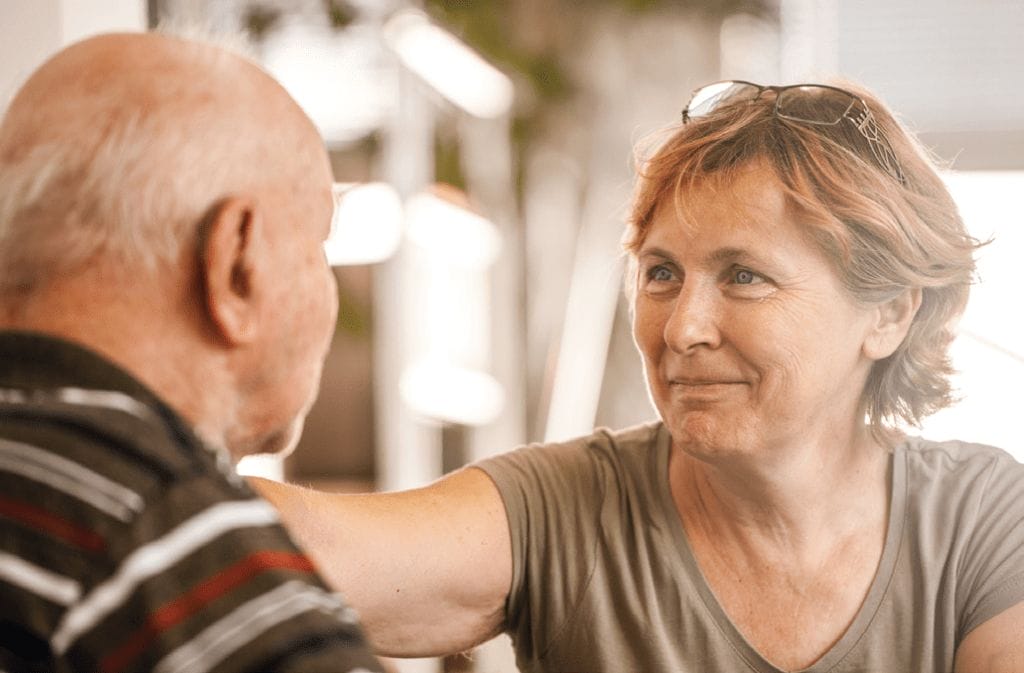
The population of older adults (65 and older) in the US is growing rapidly. By 2030, the number of older Americans is expected to reach 73 million, making up more than 20% of the total population. As individuals age, they may require varying levels of care, which their adult children often provide. Adult children commonly experience uncertainty when confronted with the prospect of caring for their parents.
Caring for aging parents can be a rewarding and sometimes challenging experience, and each adult child/parent relationship is unique. People who provide care for their parents may take on different responsibilities as their parents’ needs change.
Adult children who become caregivers to their parents can avoid burnout and sustain themselves through challenging times by learning about the common experiences of adult child caregivers, exploring different strategies for providing care, and practicing routine self-care.
ADULT CHILD CAREGIVERS
We know that people are living longer. The proportion of the global population over 60 years of age is expected to nearly double over the next two decades according to the World Health Organization (WHO).
Human beings generally require greater levels of care as they get older. Aging is associated with a decrease in physical and mental capacity and an increased risk of disease and injury, which can happen gradually or suddenly and may come as a surprise to older individuals and their families.
A caregiver is someone who provides assistance in meeting the daily needs of another person. Caregiving responsibilities typically include the following:
- Preparing meals
- Doing housework
- Grocery shopping
- Providing transportation and running errands
Caregivers may also help another person:
- Get dressed
- Get out of bed
- Shower
- Use the bathroom
- Deal with incontinence
- Take medications
Adult children of aging parents in the US experience many changes in responsibility as their parents age. Around 17% of all adult children will provide care to their aging parents during their lifetimes, according to the scientific journal Healthcare. According to a Vox report, the majority of aging parents prefer “aging in place” (living in their own homes as they age) or moving in with a child over living in an assisted living community.
Approximately 75% of older adults with multiple children reported receiving help from only one child. This same study found that adult child caregivers provided an average of 50 care hours to a parent per month and that adult children have a greater propensity to help as their parents’ needs increase. As a parent’s frailty grows, it becomes common for more than one adult child to participate in caregiving.
BY HILARY ALBERTSON